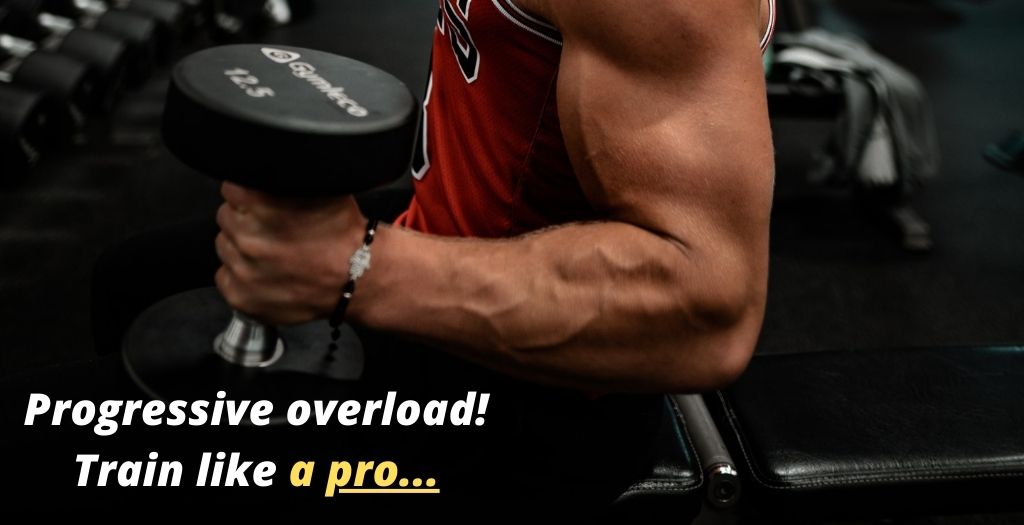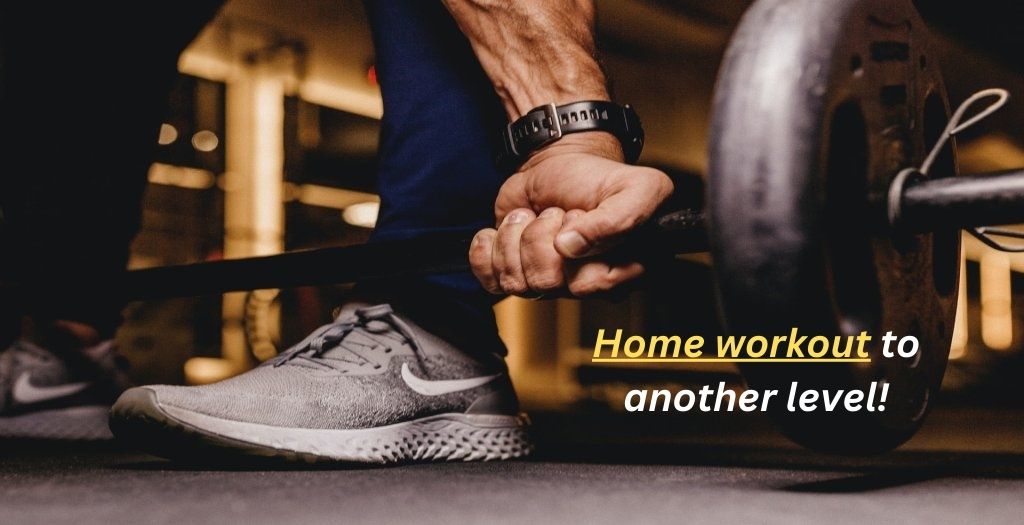Content:
- What Is Progressive Overload Training?
- Why Is Progressive Overload Important?
- How To Benefit From Putting It Into Practice?
- Methods of Progressive Overload Training …
- Progressive Overload Training Examples …
- Exclusive Special Offer … → Bodyfit Formula eBook! →
What is progressive overload training?
Progressive overload is when you gradually increase the weight, frequency, or the number of your exercises’ repetitions. This challenges your body and allows your musculoskeletal system to get stronger (The musculoskeletal system provides form, support, stability, and movement to the body. It is made up of the bones of the skeleton, muscles, cartilage, tendons, ligaments, joints, and other connective tissue that supports and binds tissues and organs together).
By changing your workout routines and adding additional tension to your muscles, you can avoid plateauing, which is when your body adapts to a certain type of exercise. With progressive overload training, you should feel stronger and fitter, and notice the strength.
Why progressive overload is important for your training regimen?
Doing the same workouts over and over, or using the same weight every time can lead to body plateauing, which you want to avoid because it means no further progress.
That’s why progressive overload benefits your training because you’ll continuously challenge your muscles with progressive overload to prevent plateaus, and you’ll keep your muscles in a challenging state and that leads to more strength and power.
For example: you might perform 10 repetitions at one weight. Then, gradually, you’d perform 12 reps of the same exercise, or maybe you’d stick to 10 reps but increase the weight instead.
Researchers found progressive overload to be effective for increasing muscle strength and growth in both genders.
How to benefit from Putting it into Practice?
It must be done gradually, it can be dangerous to increase the load or your training frequency too quickly, which can lead to injury. You should feel the need for it after you master your exercise and notice the easiness in your training performance.
Always give your body a proper time of rest, and whenever you feel sore or injured, just stop training till your recovery progress is complete.
Methods of progressive overload training …
In order to get stronger and fitter you need to increase your:
- Endurance: by increasing the length of your workout routine.
- Resistance: by adding additional stress to your muscles, allows them to break down, rebuild, and get stronger.
- Repetitions: increase the muscles demands and make them stronger.
- Tempo : by increasing the intensity of your workout. “Tempo refers to the speed of your exercise repetitions. Gradually increasing the speed of controlled movements can also be a form of progressive overload.”
Progressive overload training examples …
Depends on your fitness level and the types of workouts you do. Below are general examples of progressive loading:
a) Increase your training volume:
- 1st week: EX,,, 10 – 12 reps for muscles workouts
- 3rd week: 12 – 15 reps, up to your condition and ability
b) Increase weight used:
- 1st week: EX,,, 100 pound squats
- 3rd week: 120 pound squats
c) Increase mileage in treadmill cardio workout:
- 1st week: EX,,, 20 minutes run
- 3rd week: 30 minutes run
So on and so forth…
“Understanding progressive overload is one thing. Applying it correctly to your workouts, nutrition, and recovery is another.”
Knowing the principle isn’t enough. You need a clear plan: which exercises to progress, when to add weight, how to adjust your sets and reps, and how to fuel your body for growth.
Stop the guesswork. The BodyFit Formula gives you the exact training blueprints, nutrition plans, and recovery strategies to implement progressive overload effectively and build the strong, muscular physique you deserve.
[Get Your Custom Training & Nutrition Blueprint Here →]

BodyFit Formula
Your Transformation is Possible. This is Your Plan.
Stop guessing. This no-nonsense guide gives you the complete achievable system—from training and nutrition to mindset and recovery—to build muscle, torch fat, and forge a body that’s not just fit, but resilient.
Principles. Action. Transformation.
25% OFF! Use Coupon Code: 25PM4YOU
Contact Us for Comments/Thoughts →




